Ready to find some excellent weekend reading? In the latest issue of Reconciliation News, we review some recent releases from First Nations authors and artists.
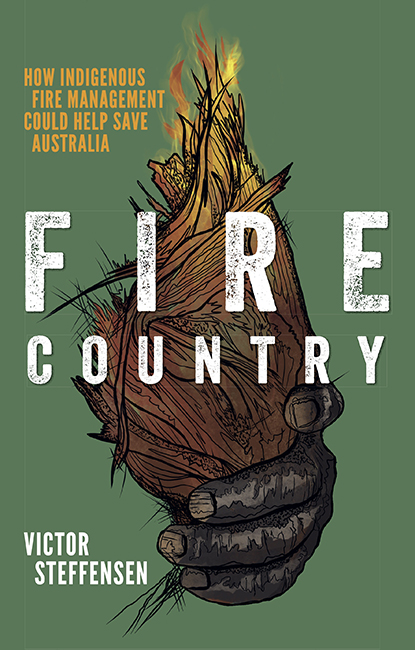
Fire Country by Victor Steffensen
Hardie Grant Media
Fire Country is more than a plea for the reintroduction of millennia-old Aboriginal fire techniques, it’s a story of Victor’s journey to rediscover his Aboriginal culture and identity. That journey was facilitated by two remarkable old men; Kuku Thaypan Elders Tommy George and George Musgrave, both masters of ancient cultural-burning techniques, whom Victor writes about with deep respect and love.
Written in vernacular Aboriginal English, in a yarn-telling style, Fire Country is an emotional read as Victor describes “unmanaged, sick landscapes”, overloaded with fuel and “ready to go off”. Warning of the inevitable huge fires we ultimately witnessed in late 2019, Victor recounts feeling sorry for “every living thing … within this landscape of neglect”.
Fire Country offers a unique look into the rich ecological knowledge held by First Nations peoples, with insights into how to burn different eco-systems, even different types of eucalypt forests. The two old men explain to Victor that different soil types demand different burning techniques.
Fire Country follows Bruce Pascoe’s Dark Emu and Tyson Yunkaporta’s Sandtalk as books that force non-Indigenous Australia to reconsider its misguided view of First Nations history, science, culture and capacity. The future health of our continent depends on it.
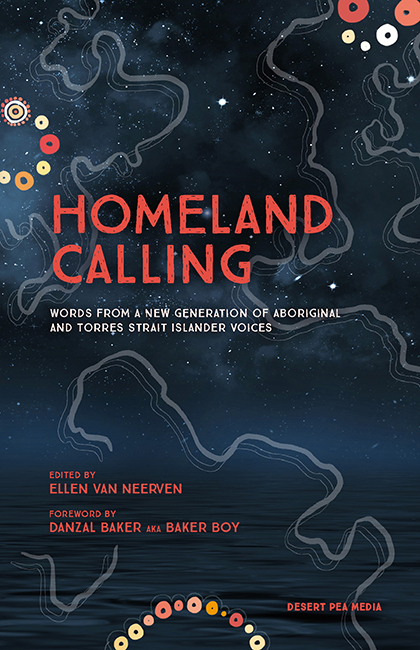
Homeland Calling: Words from a new generation of Aboriginal and Torres Strait Islander voices by Ellen Van Neerven
Desert Pea Media
Editor Ellen Van Neerven introduces Homeland Calling by asking “Hey you mob, are you ready to go on a journey around the country and witness the finest hip-hop lyricists out there?”
Homeland Calling: Words from a new generation of Aboriginal and Torres Strait Islander voices is a collection of lyrics and songs by First Nations youth across Australia. Broken up into four collections, Homeland Calling delves into environment and place, knowledge and survival, mental health and wellbeing, and family and community.
As you read, the glossary helps to translate various words from language, Aboriginal English and Torres Strait Creole. The notes from the editor also detail key dates and elements of Indigenous culture, as well as the impact of Government policies.
The added beauty of this book is you can read the lyrics and poetry in isolation or enrich your reading experience by also listening to the recordings of the pieces. With full colour images also illustrating the importance of culture and Country, Homeland Calling is a visual and aural experience that will open your senses.
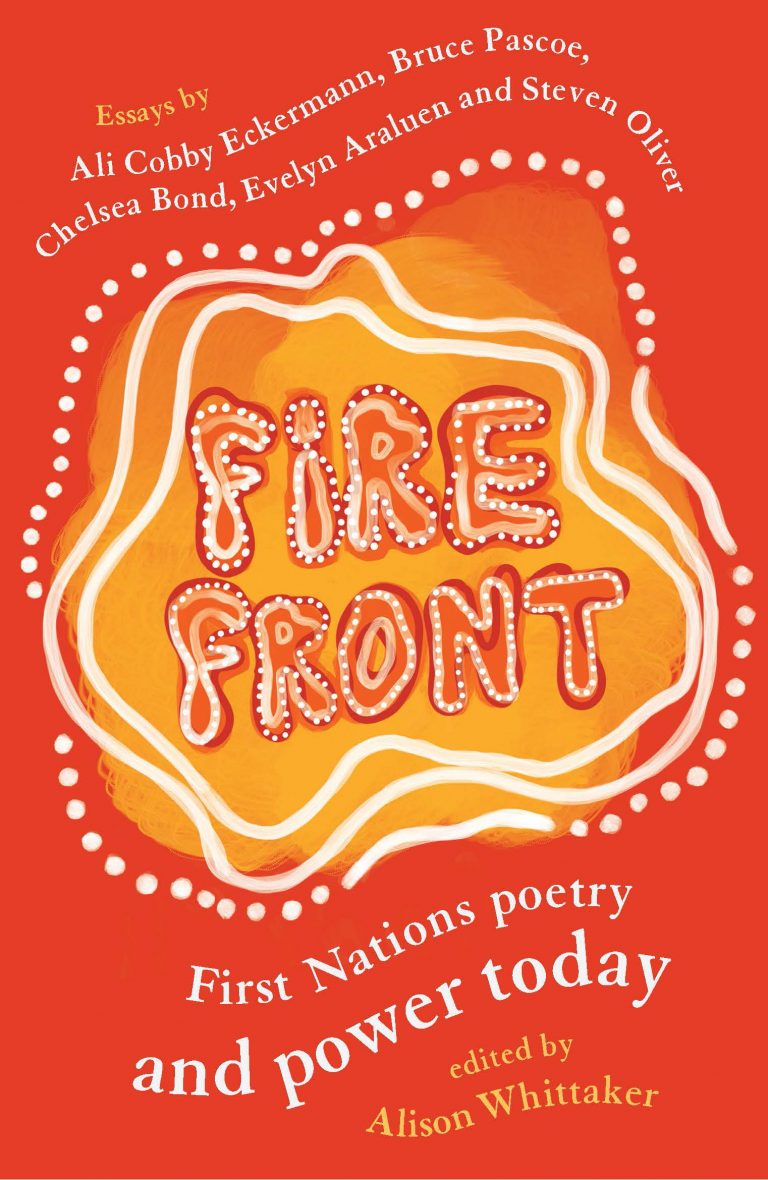
Fire Front: First Nations poetry and power today by Alison Whittaker
University of Queensland Press
Fire Front: First Nations poetry and power today tells stories of the pain, pride, and resilience of First Nations peoples through the power of poetry and prose.
It captures the work of some of the most renowned First Nations poets while also raising the voices of emerging writers.
Curated and introduced by Gomeroi poet and academic Alison Whittaker, this anthology is balanced thematically with each section preceded by an essay from a prominent voice such as Bruce Pascoe, Steven Oliver, and Chelsea Bond.
This considered compilation is deeply personal, heartfelt and at times heart-wrenching. From Oodgeroo Noonuccal to Briggs, and Alexis Wright to Baker Boy, you will rediscover beloved pieces while being captivated by the words and lyrics of now.
In one of the essays Ali Cobby Eckermann says, “We’re writing the truth on our pages, almost like cement. Our poetry is now permanent.”
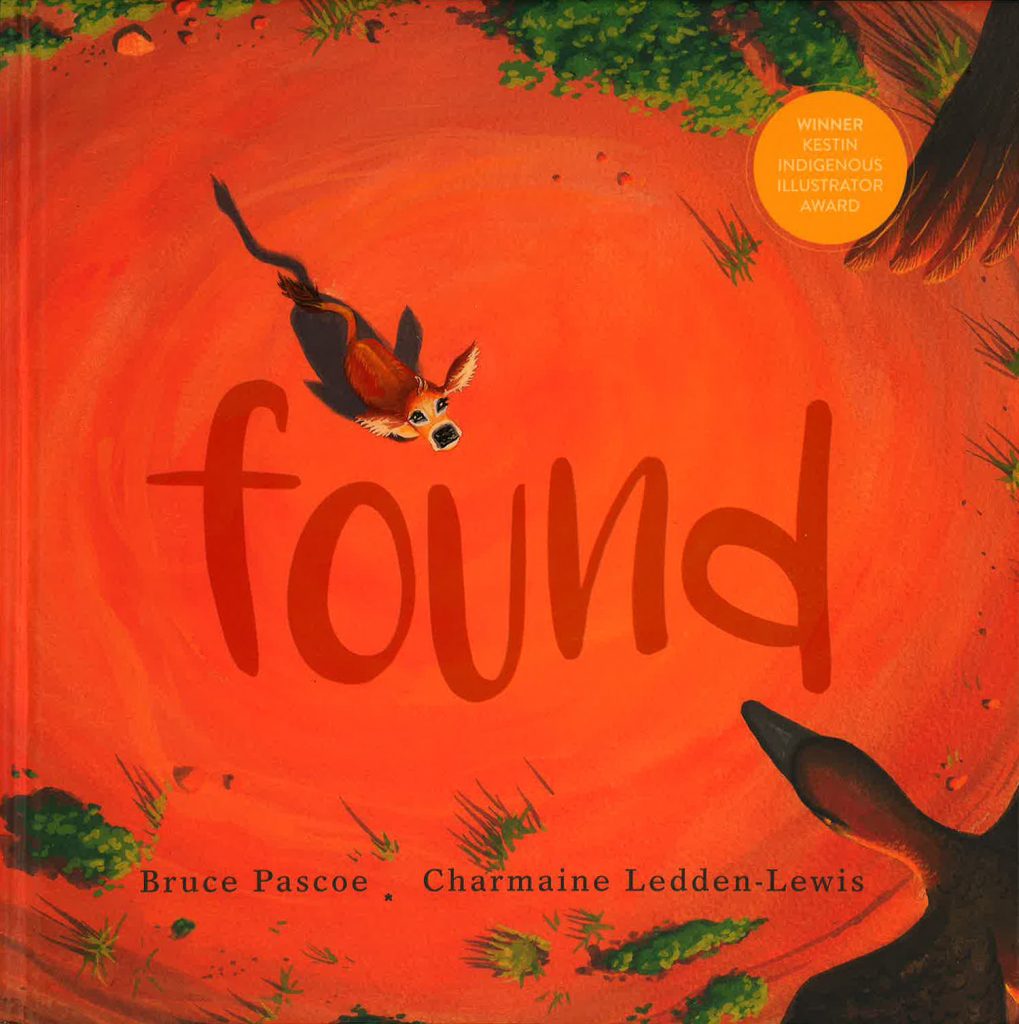
Found by Bruce Pascoe
Magabala Books
Found is the emotional “firstcalf perspective” journey of a brave little calf separated from its family and striving to find them again.
We follow the calf as it navigates a world without its mother; from finding a fleeting sense of solace in the company of other hooved animals, to eventually hearing the mournful “moos” of its mother from far away.
Based on a real-life experience of animals on Bruce Pascoe’s own property, this story is wonderfully illustrated by the Kestin Indigenous Illustrator Award-winner, Charmaine Ledden-Lewis.
Pascoe acknowledges parallels in his writing to the traumatic experiences of the Stolen Generations; this easily accessible format enables small children to grasp the fundamental wrongness of families being torn apart.
Reconciliation News’s three-year old co-reviewer adds, “I like the baby calf and the mama. I liked the brother and sister, and that they found each other again.”
“The baby cow lost its mama but then said ‘Mooo’ so she could find the family again.”
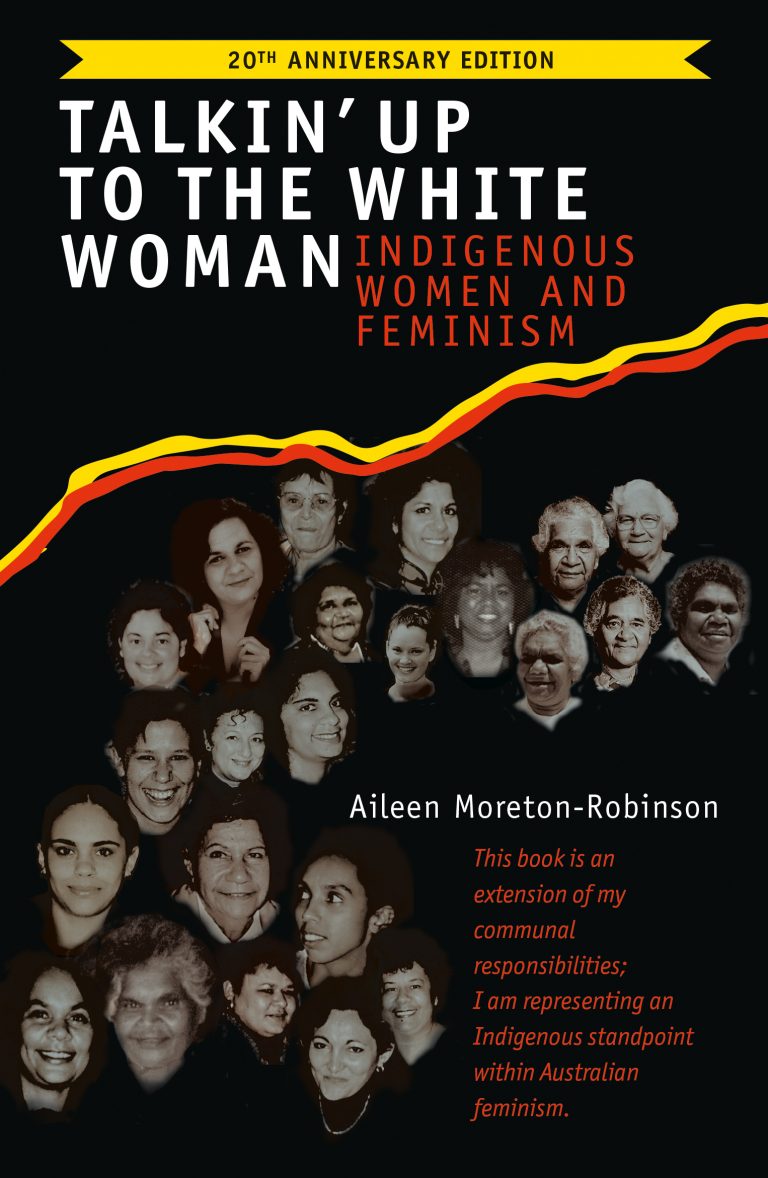
Talkin’ Up to the White Woman By Aileen Moreton- Robinson
University of Queensland Press
Talkin’ Up to the White Woman, a ground-breaking academic text that shaped the thinking of feminist and First Nations scholars around the world, has been reissued to mark its 20th year since publication.
Author, Goenpul woman and Distinguished Professor Aileen Moreton-Robinson showed feminism as a construction of middle class white women, and exposed that white privilege and its link with colonisation and dispossession of Indigenous peoples.
One of the earliest intersectional studies in gender politics and written from a sovereign position, the book was not about First Nations women aspiring to be white women, but positioned First Nations women at the centre of the work.
At the time, the book’s reception by the mainstream Australian academy was underwhelming with Moreton-Robinson listing in one paragragh, the invitations she received to speak at conferences and seminars in Australia, in the 20 years since its publication.
In contrast, overseas reception was enthusiastic and assisted in her election to prestigious Academy of American Arts and Sciences this year, the first Australian First Nations scholar to be elected.
Talkin’ Up to the White Woman began the hard conversation with white feminists that continues today, a 20-year old academic text which is as relevant now as was then.
This story appears in the October 2020 issue of Reconciliation News



